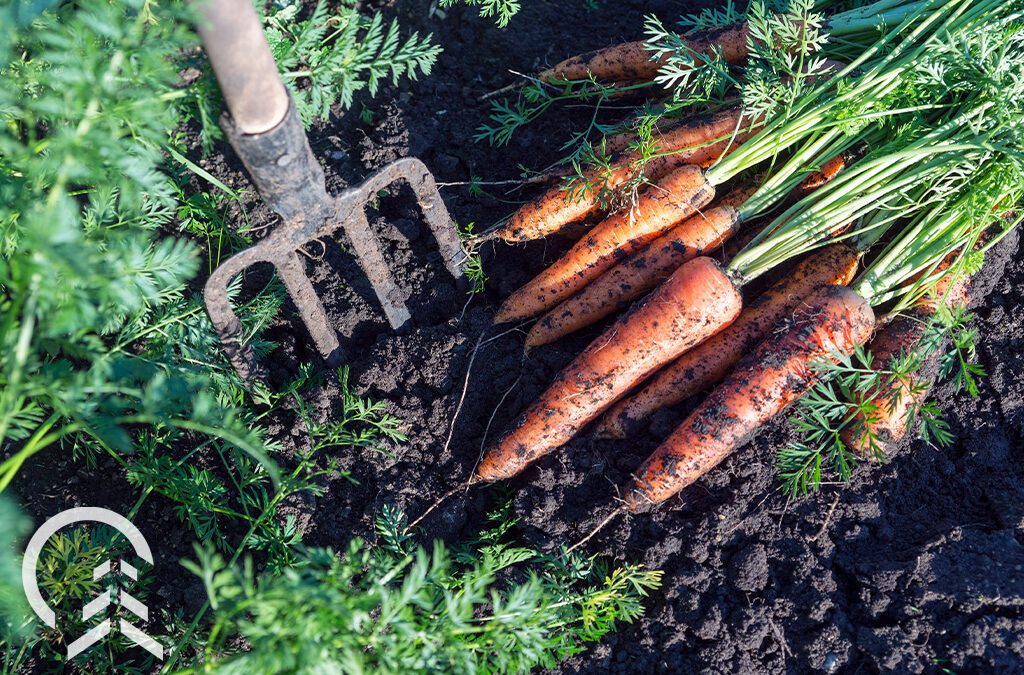With food prices going up, growing your own food just makes more and more sense these days. For less than one grocery run, you can buy seeds for a whole spring, summer, and fall’s worth of produce. Saving money has always been a perk of gardening, but that’s not the only reason to do it. Here are a few ways that growing your own fruits and vegetables can really pay—plus a couple of tips to help you get started!
Why Should You Grow Your Own Vegetables?
Here are the top reasons why you should start growing your own produce this spring:
1. Save Money: Gardening offers a big return for very little money. For instance, you can grow a few rows of lettuce for less than $3 worth of seeds and have enough salad greens to last the entire spring and early summer. The cost-saving doesn’t stop with lettuce, either; it’s the same for every vegetable, whether it’s beats, carrots, potatoes, kale, beans, or tomatoes. The start-up price of your own vegetable garden is negligible, and as long as you keep up with weeding and watering, you’ll have an abundance of cheap, fresh food all season long.
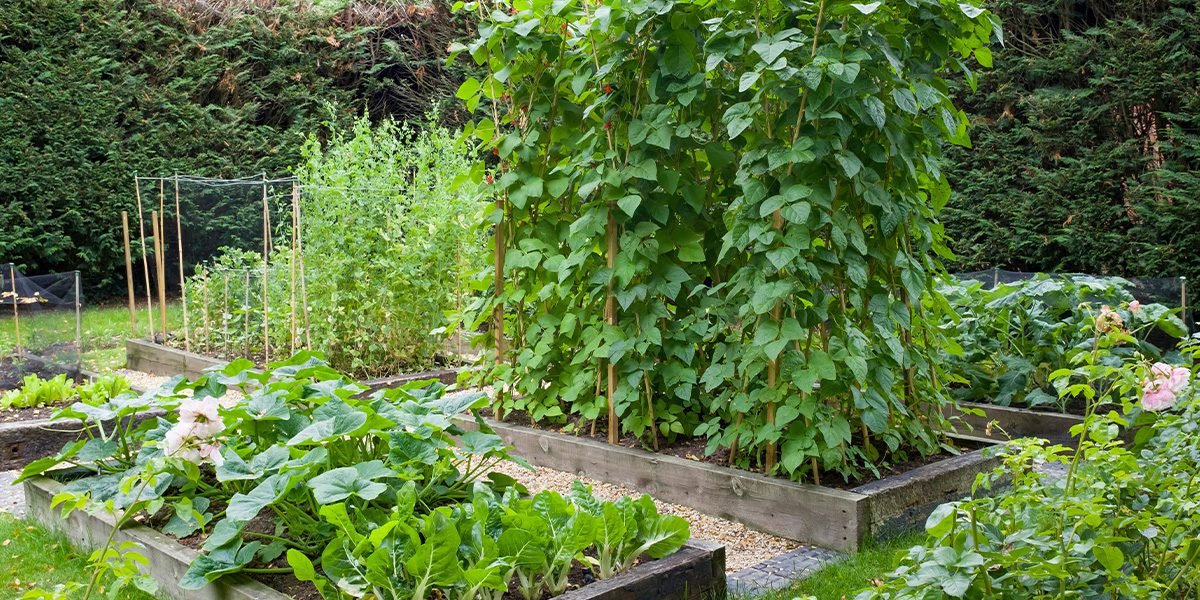
2. Better Food: Nothing beats local, organic food from your own garden, and you don’t have to be a health nut to notice. Both the flavor and nutritional value of homegrown produce are way beyond anything you’ll find at your local grocery store. One taste, and you’ll literally be jumping with joy!
3. Smaller Footprint: Environmentally-friendly practices don’t always have to cost us: growing your own food is a great way to reduce your eco-footprint while saving money at the same time. Eating from your own backyard means a smaller transportation-related carbon footprint and a decreased reliance on artificial fertilizers and pesticides, making it a no-brainer for anyone concerned about the environment and food additives.
4. Fun, Healthy, Activity: Managing a healthy, balanced life these days is all about compartmentalization: We spend an hour on exercise, an hour with the family, and 20 minutes outside at the park. However, imagine if you could wrap all three of those activities into one? Well, in case you haven’t caught on yet, vegetable gardening is the answer! Gardening is great exercise, gets you out into the great outdoors, and is a rewarding, meaningful task that’s even more enjoyable when shared with family and friends!
Overcoming Common Chicagoland Food-Growing Obstacles
Oftentimes, even if we know the value of doing something, obstacles can still get in our way. Here are a few tips to help you overcome common roadblocks you may encounter in your food-growing journey and get back to enjoying the benefits of growing your own vegetables!
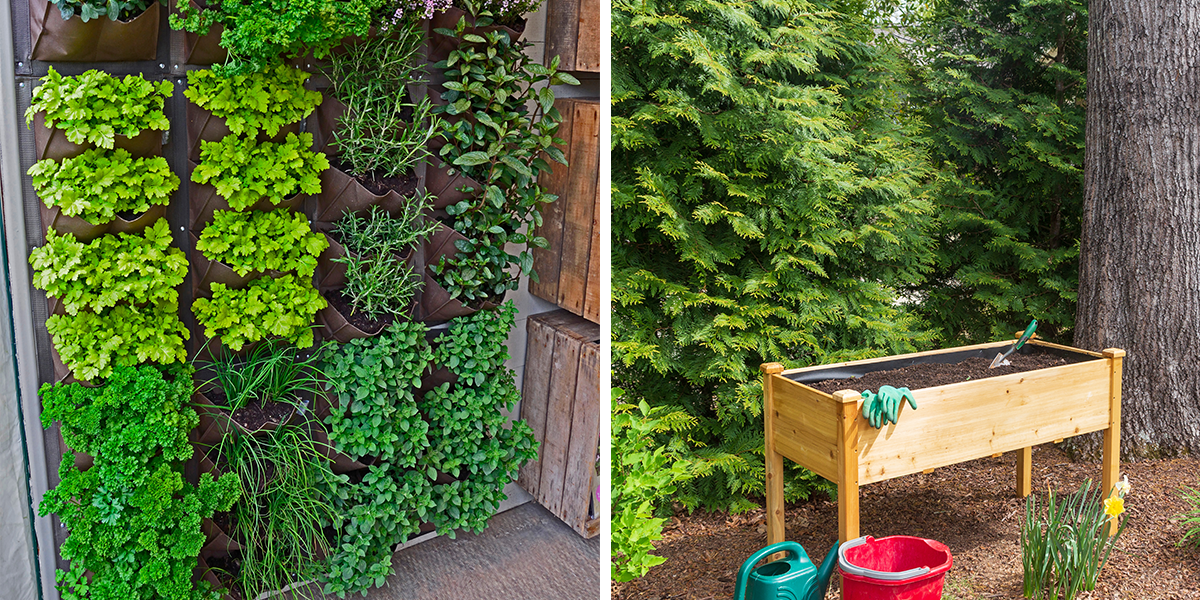
-
No Space? Plant a Container Garden
Container gardens are an incredibly easy way to get around a lack of space in your garden, balcony, or outdoor area, and are great for growing fast, compact plants like lettuce, spinach, chard, and kale. Tomatoes are another easy plant that grows well in pots, making them another ideal addition to any small vegetable garden.
-
No Time? Share Your Garden With Your Neighbors
If you’ve got plenty of your own growing space, but are running short on time, turning your garden into a community effort by sharing space, tools, labor, or produce with your neighbors is a fantastic workaround. Many hands make light work, and nothing brings people together quite like good food and a good cause.
-
Too Much Work? Think Again
Vegetable gardening really comes down to two simple tasks: watering and weeding. The rest of the more labor-intensive stuff can be easily taken care of with a bit of prep work and planning, along with a few hacks like drip irrigation, timed sprinklers, and straw mulch. If you ever feel like you’re in a bit over your head, just remember: for just a couple days of effort, you’ll be enjoying your own fresh fruit and vegetables all spring and summer long!
Integrating Fruit and Vegetables Into Your Chicagoland Landscape
By now, you’re probably looking at your backyard and wondering how to transform it into your own personal vegetable garden. If so, here are some simple and creative ways to incorporate food into your landscape:
- Plant a Traditional Vegetable Garden: Whether in a raised bed or directly in the ground, vegetables can grow pretty much anywhere as long as there’s enough light. If you’re running low on space, you can always convert a patch of lawn into a vegetable garden or build a raised bed on top of a section of your grass or patio.
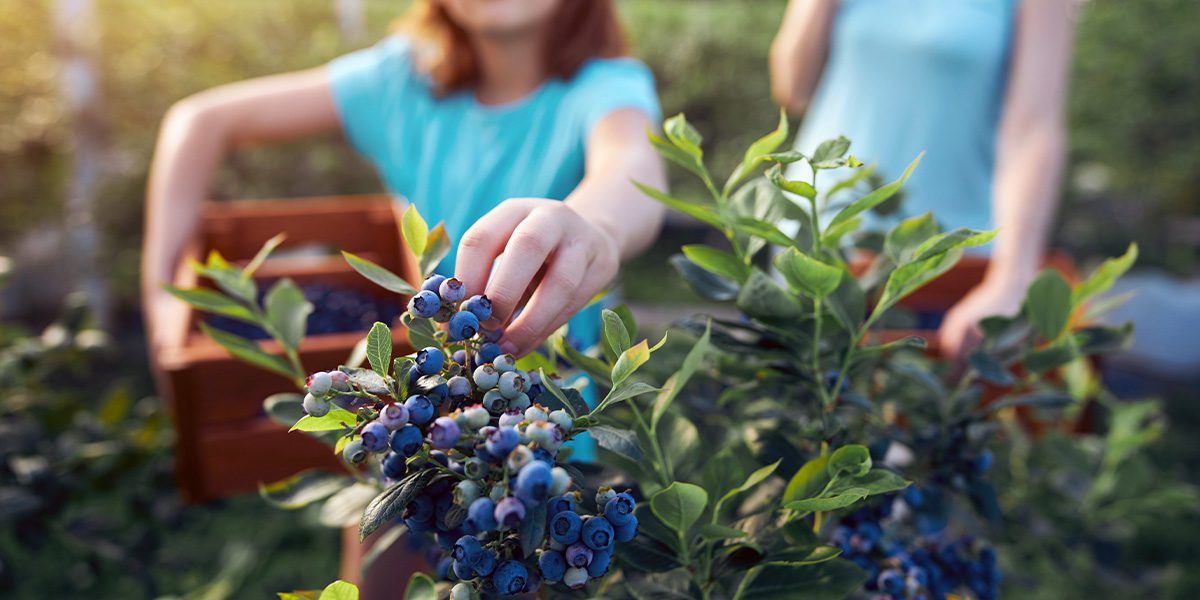
- Incorporate Some Berry Shrubs and Fruit Trees: If you’re looking to add some new trees and shrubs to your landscape this spring, go for some fruit-bearing options! This truly gives you the best of both worlds, allowing you to enjoy beautiful cherry and apple blossoms in the spring and a bounty of fresh fruit later on. As for berries, shrubs are the gifts that keep on giving. From serviceberries to blueberries and raspberries, shrubs give you and your family an almost never-ending supply of fresh berries while also allowing you to enjoy a sheltered, multi-storied landscape.
- Mix Herbs and Vegetables into Your Flower Bed: You don’t need a special bed just for vegetables. In fact, planting them among flowers has many benefits, including increased pollination and pest resilience, and many gardeners already plant marigolds, sunflowers, calendula, borage, nasturtiums, and other flowers among their veggies for those very reasons. Vegetables can also add visually-stunning colors and textures to any flower garden. Just consider rainbow chard, the majestic leaves of kale, or the frizzy texture of carrot tops.
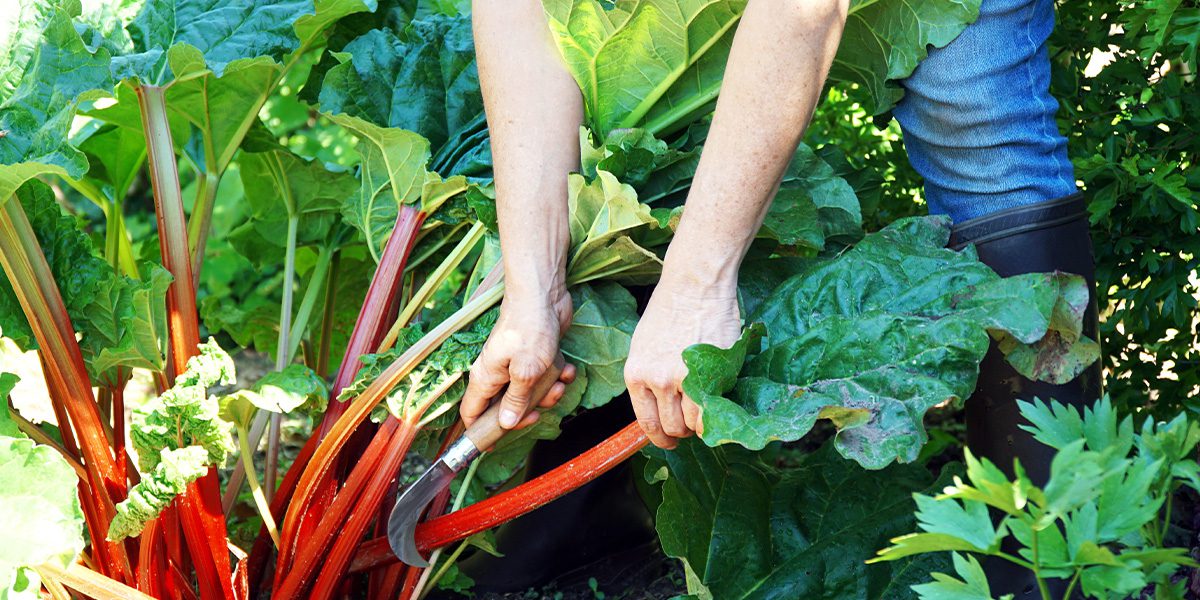
- Grow Perennial Foods: Imagine if there were perennials that you could grow as both ornamentals and edibles? Well, as it turns out, there are many. Fiddlehead ferns (Ostrich ferns), asparagus, daylilies, wild roses, and rhubarb are a few examples of perennial plants that are as tasty as they are beautiful!
- Use Herbs as Groundcovers: Thyme and oregano are two common herbs that make great groundcovers between your perennials. They look beautiful, cover the soil, and are absolutely delicious! You can also tuck other herbs like dill and lavender into your perennial beds to enhance the fragrance, looks, and friendly insect activity while improving your home cooking at the same time.
Food prices may be rising, but that doesn’t mean we have to sacrifice high-quality food. Growing your own vegetables and fruit is the key, and there are many creative ways to do so. For more guidance and supplies, stop by and visit our garden centers in Bloomingdale and Carpentersville!

